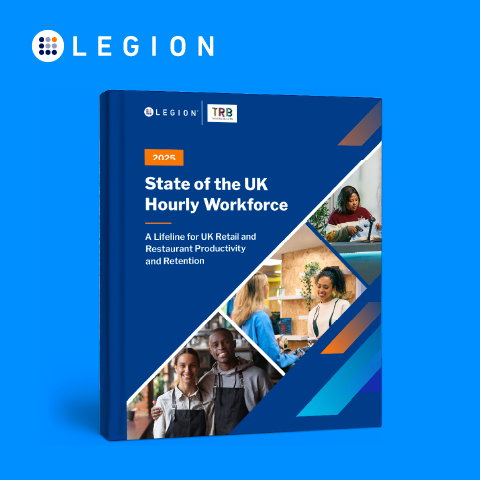Comment: Getting on the right side of history
Fashion is a competitive industry but to believe there has been a meaningful battle being fought between the resale camp and those in the new products corner has been wishful thinking. Resale has been a mere pimple on the back of the vast fashion sector. But not anymore. Things are changing.
By Glynn Davis
Research from OC&C Strategy Consultants has found the second-hand market in the UK has grown to over £7 billion with nearly 25% of fashion transactions now resale. This sub-sector is set to account for around 10% of total spend on fashion by 2029. Notably, the resale category currently accounts for all the volume growth in the clothing market, putting new product sales in the shade, according to OC&C.
This clearly suggests the dynamics of the sector are changing. Olivia May, partner at OC&C, says: “Second-hand fashion is no longer a niche segment, it’s a fundamental shift in how consumers shop. The market is being driven by three core motivations: affordability, sustainability and the appeal of finding unique finds. These factors are reshaping consumer expectations and creating significant disruption across the retail sector.”
Never Miss a Retail Update!The two sides of the battle were apparent at the recent Retail Technology Show (RTS) where Peter Pernot-Day, head of strategic & commercial affairs for North America & Europe at Shein, gave a presentation highlighting the virtues of the fast-fashion chain’s model that makes fashion accessible to everybody, empowers designers, and is smart enough to reduce waste from not over-producing slow-selling lines.
It all sounded great but he glossed over the issue of the massive volume of sometimes dubious quality low-price products that Shein produces in China before shipping around the world, which fuels a throwaway culture among other things. As result the presentation arguably threw up more questions than answers. But sadly it had been made clear that Pernot-Day would not be taking any questions from the floor at RTS even though he had plenty of time to do so within his allotted slot.
Many of these questions have been put to Shein previously – as it continues on its rocky path to an IPO in the UK – but it has proved particularly adept at deflecting them. It would rather not have the spotlight thrust onto its underlying practices as it continues to sell a glossy story.
Those parties in the other camp to Shein – supporting resale and sustainability – include Stuart Trevor, founder of Stuart Trevor and All Saints, who was also on the stage at RTS and would very much like the spotlight to focus firmly on Shein and other such operators including Temu and the various fast fashion players. He is also keen to highlight the practices of his own business and in complete contrast to Shein’s representative would have taken questions all day long at RTS.
The model at Stuart Trevor is to bring unused clothing – dead stock – that is housed in vast warehouses around the globe, back to life. He rejuvenates them with embellishments such as additional tailoring, adornments, and imagery before branding them as the Stuart Trevor range. The skills of Trevor will undoubtedly help him deliver decent volumes but more meaningful is his unstinting promotion of new sustainable methods and practices to the wider market.
His credibility from an impressive track record in the fashion sector puts him in a powerful position to engage with brands and at RTS he highlighted how he had been approached by various well known clothing brands for advice and to help them deal with their surplus stock mountains. Trevor is sufficiently smart to know these engagements will ultimately make a much bigger environmental difference than if he just quietly ploughs a furrow with his own brand.
The real changes taking place, which support the research from OC&C, are occurring through the large brands beginning to undertake collaborative initiatives with resale platforms. Many leading brands are exploring things like partnerships, dedicated resale platforms, and in-store take-back schemes in order to secure their place in the second-hand market.
Growing numbers of brands can see the way the wind – and behaviour of younger consumers – is blowing and recognise that decisions need to be made now in order that they can be on the right side of history as the fashion landscape undergoes fundamental change.













